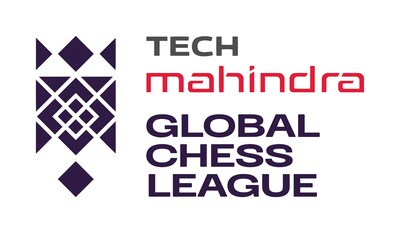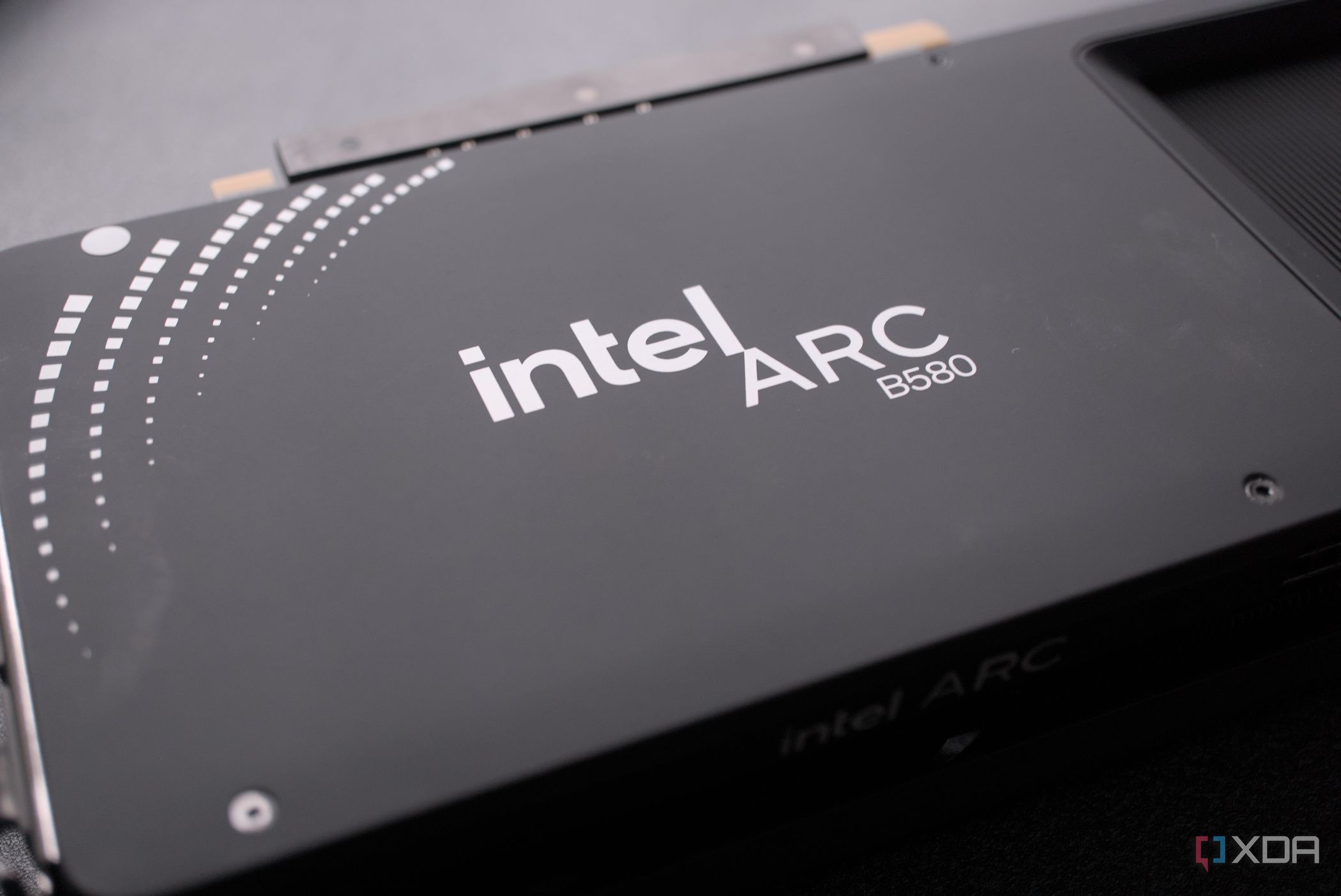UPDATE: In a groundbreaking move that could redefine the graphics landscape, Nvidia and Intel have just announced a partnership involving a staggering $5 billion investment from Nvidia into Intel stock. This deal, confirmed earlier today, is set to revolutionize the AI and personal computing sectors, with immediate implications for the future of Intel’s Arc GPUs.
The partnership will see Intel manufacturing custom data center and client CPUs for Nvidia utilizing the NVLink GPU interconnect. While initial reports suggest a primary focus on AI and data center applications, the ramifications for Intel’s discrete GPU business cannot be overlooked. As both companies deepen their collaboration, the future of Intel’s Arc platform hangs in the balance.
This partnership marks a surprising shift for Nvidia, which has historically aligned with Arm-based CPUs. The move into x86 architecture raises questions about Intel’s strategy and the fate of its Arc GPU platform, which has only recently begun to gain traction in the competitive gaming market.
Intel’s Arc team, which launched discrete GPUs with the Arc A750 and A770 in 2022, faces a pivotal moment. The deal could either bolster the Arc platform by integrating Nvidia’s RTX technology or potentially signal its decline. Reports suggest that Intel may start integrating Nvidia’s GPU cores into their future System-on-Chips (SoCs), with a transition expected by 2027.
While Nvidia’s GPU cores could replace Intel’s Xe GPU cores, this raises concerns about the viability of Intel’s Arc business. However, a dual-GPU system featuring both RTX and Xe cores could emerge, offering a unique advantage in the gaming sector. The potential for combining Nvidia’s advanced technologies, such as DLSS and XeSS, with Intel’s graphics capabilities could create a formidable gaming powerhouse.
The implications of this partnership extend beyond gaming. AI technologies have already begun transforming the GPU landscape, and the collaboration between Nvidia and Intel is expected to enhance AI-driven applications significantly. As AI workloads demand ever more powerful GPUs, the integration of these technologies could lead to breakthroughs in both gaming and AI performance.
Despite the initial focus on AI and data center solutions, the potential benefits for gaming are clear. Intel’s recent Lunar Lake platform demonstrated how AI can improve gaming performance, and the same could apply here. Even if the primary aim is AI, these new SoCs could still deliver high-quality integrated graphics for gaming enthusiasts.
However, the details of this partnership remain murky. Analysts suggest that Intel’s fabrication facilities in Arizona and Oregon are ramping up domestic silicon production, which may also be a factor in Nvidia’s decision to partner with Intel. With ongoing global supply chain challenges and looming tariffs, domestic manufacturing could be a strategic move for both companies.
As this partnership evolves, industry watchers are left speculating on its potential outcomes. Will Intel’s Arc platform thrive with Nvidia’s backing, or will it face an uncertain future? Only time will tell, but one thing is clear: this collaboration is a significant step in reshaping the future of graphics technology and AI.
Stay tuned for more updates as this story develops, and share your thoughts on how this partnership could impact the gaming and AI industries!








































































